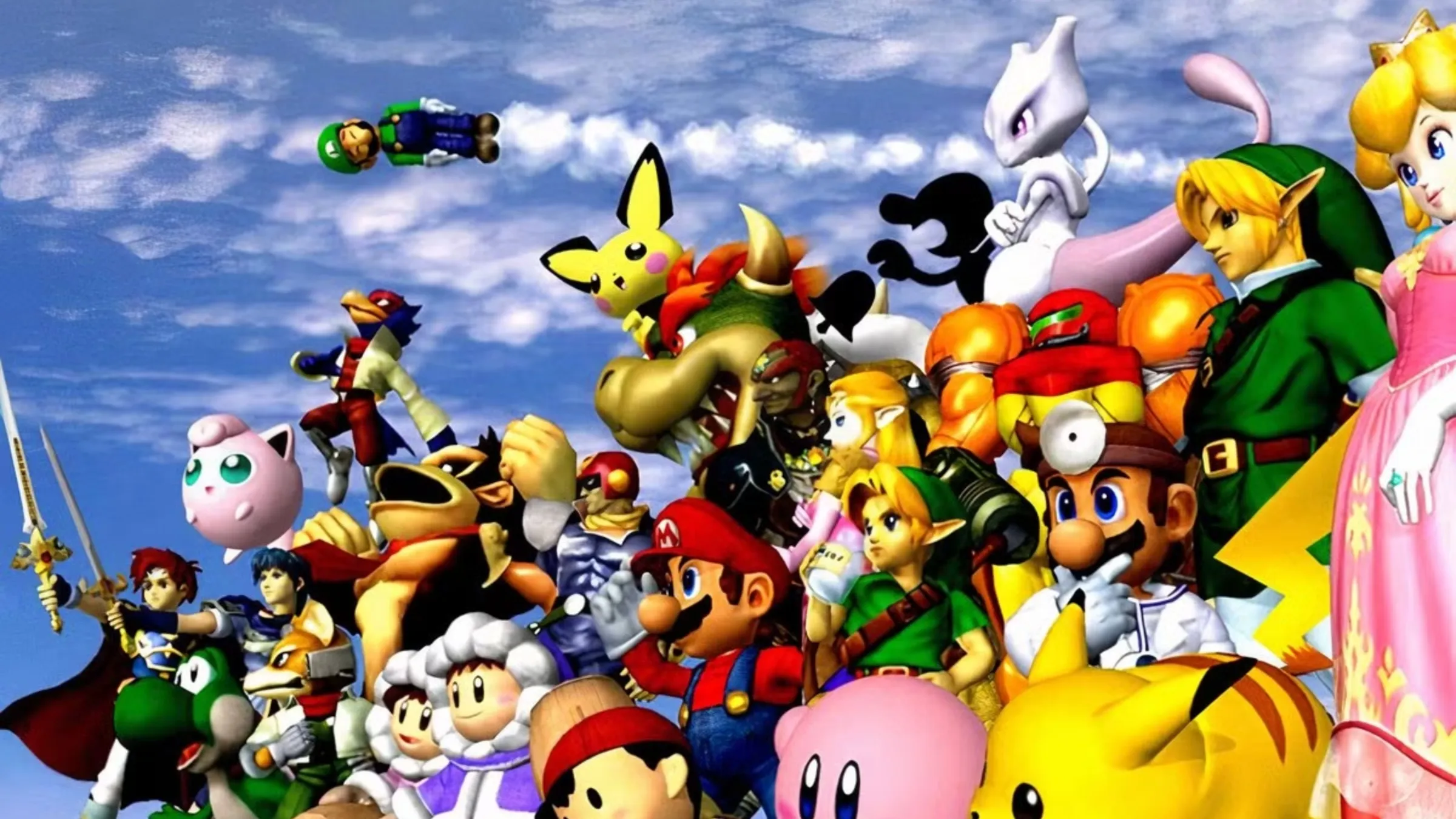
Twenty-four years ago, Nintendo significantly updated the personality of one of its classic characters, and those changes have remained ever since. A key strength of Nintendo’s main series games is how they give characters just enough personality to feel consistent and relatable – allowing players to project themselves into the game. Characters like Mario, Link, and Samus are clearly heroic, but still open enough for players to interpret and experience them in their own way.
Throughout the history of video games, some characters have been updated and reimagined to appeal more to players. Characters like Wario, Donkey Kong, and Princess Zelda have all been developed over time to give them more memorable personalities. A great example of this is Luigi, who started as simply a recolored version of Mario. Although he slowly gained his own characteristics, it wasn’t until the 2001 game Luigi’s Mansion that he truly became a distinct character. This transformation of Luigi was incredibly important, and fans really responded to it.
Luigi’s Evolution From Player 2 To Starring Role

Initially, Luigi was essentially a recolored version of Mario, created for two-player mode in the original Super Mario Bros. games. This changed with The Lost Levels and Super Mario Bros. 2, which gave Luigi unique abilities. He could jump higher than Mario, but his landings were more difficult to control. He also received a redesigned appearance, becoming taller and slimmer to further differentiate him visually from his brother.
Early adaptations like the Super Mario Bros. movie and The Super Mario Bros. Super Show! emphasized that Luigi was the younger, more naive brother, contrasting him with Mario. This portrayal continued through the Super Nintendo and Nintendo 64 games, where Luigi was often seen as living in Mario’s shadow. Despite this, Luigi still lacked a clearly defined personality. While Mario also wasn’t fully fleshed out during this time, his central role as the hero gave players something to connect with.
Everything shifted with the release of Luigi’s Mansion in 2001. As a launch game for the Nintendo GameCube, it brought Luigi into the forefront and stood out from other Mario games with its slightly spooky atmosphere. Players control a frightened Luigi as he investigates a haunted mansion, using gadgets created by Professor E. Gadd to capture the Boos who have kidnapped Mario.
Although Luigi’s Mansion didn’t feature much spoken dialogue for Luigi – a departure from most Mario games – it powerfully conveyed his fear through its scenes and gameplay. This fear became a key part of his character, leading to a successful series of games. The game expertly showed Luigi’s increasing desperation as he explored haunted environments and faced more challenging ghosts, effectively establishing a new, defining portrayal of the character. Luigi’s Mansion was a hit for Nintendo, and this reimagining of Luigi has become the standard version of him we know today.
Why Developers And Audiences Love A Scaredy Cat Luigi

Giving Luigi his own personality in Luigi’s Mansion proved to be a great success, making him more popular with both game creators and players. Later games, including story-focused titles like Mario & Luigi: Superstar Saga, large platformers like Super Mario Galaxy, and crossover games like Super Smash Bros. Brawl, all highlighted his timid nature when facing danger. While some games, such as Paper Mario: The Thousand-Year Door, showed a braver side of Luigi, the Mario series generally portrays him as a somewhat fearful character.
Luigi’s distinct personality is a key part of who he is, and it was highlighted in The Super Mario Bros. Movie for comedic effect. For game creators, giving Luigi his own traits and abilities, especially those inspired by Luigi’s Mansion, helps differentiate him from Mario. This adds a fresh element to the Mario franchise, allowing for interesting storytelling in both gameplay and cutscenes. Ultimately, this approach proved successful, as audiences really connected with this version of the character.
This really highlights what makes Luigi such a likable character. Even though he gets scared easily, he’s not a coward – he always steps up to help others, especially his brother. He’ll face his fears to do what’s right and save the day, which makes him more relatable than his always-confident brother.
Luigi’s development as a character has resonated with players, as seen in games like Luigi’s Mansion 3 and Mario & Luigi: Paper Jam, which cleverly use his fear to showcase his inner strength. Nintendo has often used Luigi’s timid nature for comedic effect, but it’s also made him a much more interesting character. Though it took time, Luigi has finally established a distinct personality that both Nintendo and fans adore.
Read More
- Hazbin Hotel season 3 release date speculation and latest news
- Silver Rate Forecast
- Gold Rate Forecast
- BrokenLore: Ascend is a New Entry in the Horror Franchise, Announced for PC and PS5
- Britney Spears’ Ex Kevin Federline Argues Against Fans’ Claims About His Tell-All’s Effect On Her And Sons’ Relationship
- 🚀 XRP to $50K? More Like a Unicorn Riding a Rainbow! 🌈
- Sony to Stimulate Japanese PS5 Sales with Cheaper, Region-Locked Model
- Taming Quantum Chaos: A Stochastic Approach to Many-Body Dynamics
- Fishing Guide in Where Winds Meet
- South Park Creators Confirm They Won’t Be Getting Rid of Trump Anytime Soon
2025-11-20 00:11